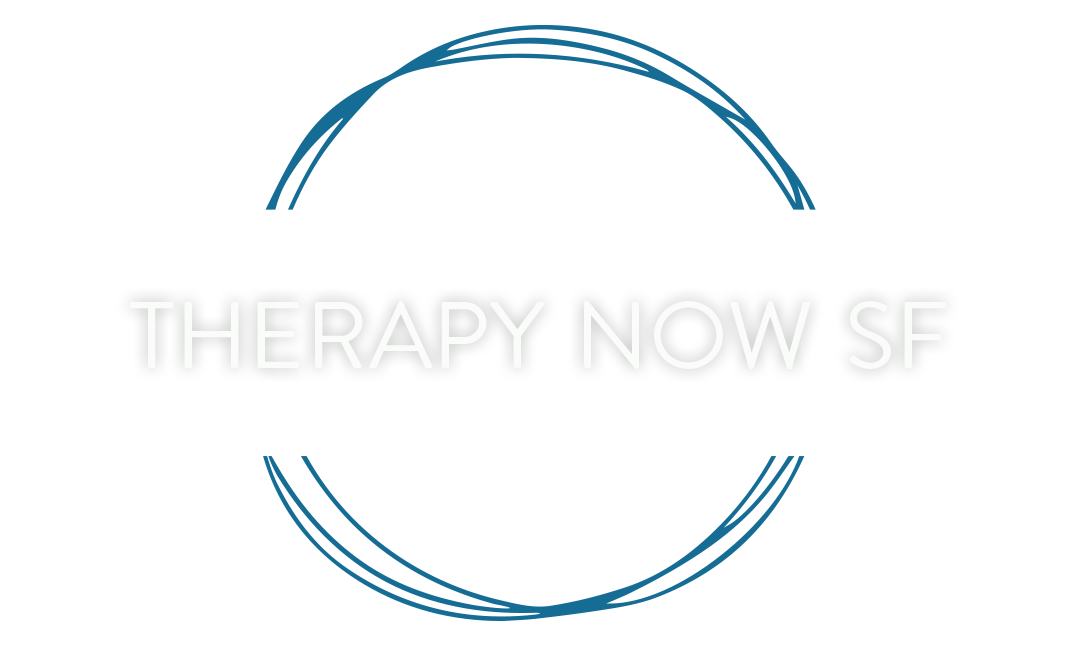How can I stop my anxiety?
By David Shepard, Psy.D.
When someone is anxious or threatened their breathing speeds up in order to get ready for danger.
Other symptoms of anxiety could include:
Sweating
Rapid heartbeats
Feeling hot
Feeling afraid
Difficult breathing
Feeling lightheaded
Trembling
Tingling
One of the best ways to reduce anxiety is relaxed breathing
Relaxed breathing signals our bodies that it is safe to relax. Relaxed breathing is slower and deeper than normal breathing. It happens lower in body, coming from the belly rather than the chest.
So how do I perform relaxed breathing?
To start, it is bests to find a comfortable sitting or lying position. If you feel comfortable doing so, close your eyes.
Start to breathe through your nose rather than your mouth.
You want to deliberately slow down your breathing:
Breathe in to a count of 4
Pause for 2 seconds
Then breathe out of your mouth for a count of 4
To know if you’re doing it right, pay attention to what part of your body is rising. When you are breathing in, your stomach should be filling with air so it should be rising. Your chest should not be rising. As you breathe out your stomach should be coming in towards your body as the air is being pushed out of your body. A good way to monitor if this is happening is to put your hand on your stomach as you breathe in and out.
Aim to do relaxed breathing for 5 to 10 minutes.
How often should I do relaxed breathing?
Relaxed breathing can help decrease anxiety in the moment you are struggling with overwhelming anxiety. But it can also decrease overall anxiety if practiced regularly.
Doing relaxed breathing has also shown to help decrease depression and insomnia.
It is recommended to perform relaxed breathing at least once a day to help reduce symptoms of anxiety.
If you would like to learn more about decreasing your anxiety and becoming more relaxed, please contact us at Therapy Now SF to book a free consultation.
